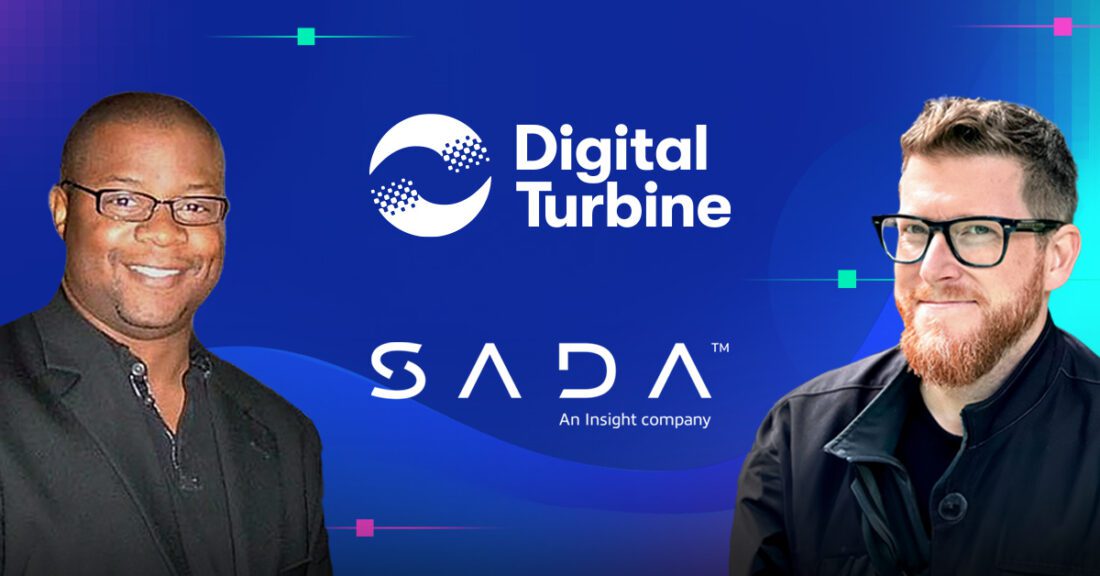How Digital Turbine Moved DynamoDB Workloads to GCP – In Just One Sprint

How Joseph Shorter and Miles Ward led a fast, safe migration with ScyllaDB’s DynamoDB-compatible API
Digital Turbine is a quiet but powerful player in the mobile ad tech business. Their platform is preinstalled on Android phones, connecting app developers, advertisers, mobile carriers, and device manufacturers. In the process, they bring in $500M annually. And if their database goes down, their business goes down.
Digital Turbine recently decided to standardize on Google Cloud – so continuing with their DynamoDB database was no longer an option. They had to move fast without breaking things.
Joseph Shorter (VP, Platform Architecture at Digital Turbine) teamed up with Miles Ward (CTO at SADA) and devised a game plan to pull off the move. Spoiler: they not only moved fast, but also ended up with an approach that was even faster…and less expensive too.
You can hear directly from Joe and Miles in this conference talk:
We’ve captured some highlights from their discussion below.
Why migrate from DynamoDB
The tipping point for the DynamoDB migration was Digital Turbine’s decision to standardize on GCP following a series of acquisitions. But that wasn’t the only issue. DynamoDB hadn’t been ideal from a cost perspective or from a performance perspective.
Joe explained: “It can be a little expensive as you scale, to be honest. We were finding some performance issues. We were doing a ton of reads—90% of all interactions with DynamoDB were read operations. With all those operations, we found that the performance hits required us to scale up more than we wanted, which increased costs.”
Their DynamoDB migration requirements
Digital Turbine needed the migration to be as fast and low-risk as possible, which meant keeping application refactoring to a minimum.
The main concern, according to Joe, was “How can we migrate without radically refactoring our platform, while maintaining at least the same performance and value, and avoiding a crash-and-burn situation? Because if it failed, it would take down our whole company. “
They approached SADA, who helped them think through a few options – including some Google-native solutions and ScyllaDB. ScyllaDB stood out due to its DynamoDB API, ScyllaDB Alternator.
What the DynamoDB migration entailed
In summary, it was “as easy as pudding pie” (quoting Joe here). But a little more detail:
“There is a DynamoDB API that we could just use. I won’t say there was no refactoring. We did some refactoring to make it easy for engineers to plug in this information, but it was straightforward. It took less than a sprint to write that code. That was awesome.
Everyone had told us that ScyllaDB was supposed to be a lot faster. Our reaction was, ‘Sure, every competitor says their product performs better.’ We did a lot with DynamoDB at scale, so we were skeptical.
We decided to do a proper POC—not just some simple communication with ScyllaDB compared to DynamoDB. We actually put up multiple apps with some dependencies and set it up the way it actually functions in AWS, then we pressure-tested it. We couldn’t afford any mistakes—a mistake here means the whole company would go down.
The goal was to make sure, first, that it would work and, second, that it would actually perform. And it turns out, it delivered on all its promises. That was a huge win for us.”
Results so far – with minimal cluster utilization
Beyond meeting their primary goal of moving off AWS, the Digital Turbine team improved performance – and they ended up reducing their costs a bit too, as an added benefit.
From Joe: “I think part of it comes down to the fact that the performance is just better. We didn’t know what to expect initially, so we scaled things to be pretty comparable. What we’re finding is that it’s simply running better. Because of that, we don’t need as much infrastructure. And we’re barely tapping the ScyllaDB clusters at all right now.
A 20% cost difference—that’s a big number, no matter what you’re talking about. And when you consider our plans to scale even further, it becomes even more significant. In the industry we’re in, there are only a few major players—Google, Facebook, and then everyone else. Digital Turbine has carved out a chunk of this space, and we have the tools as a company to start competing in ways others can’t.
As we gain more customers and more people say, ‘Hey, we like what you’re doing,’ we need to scale radically. That 20% cost difference is already significant now, and in the future, it could be massive. Better performance and better pricing—it’s hard to ask for much more than that. You’ve got to wonder why more people haven’t noticed this yet.”
Learn more about the difference between ScyllaDB and DynamoDB